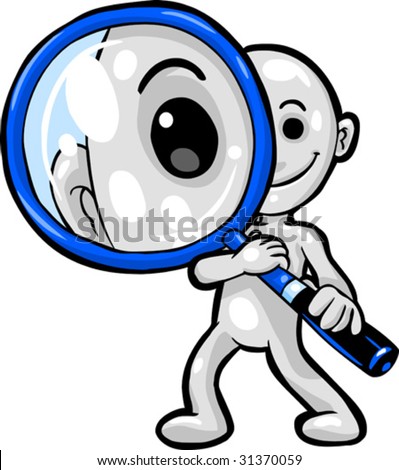My learning and development from Jan 25th class: The Private Eye (5X) Looking/Thinking by Analogy using
Jewelers Loupes
Today’s class was amazing. My reflection is on two
activities that we did in class today, “The Montillation of Traxoline” and “Jewelers
Loupes”.
When I read “The Montillation of Traxoline” writing piece it did not make any sense to me, but I was able to answer the
questions that followed. I could find answers to the questions from the content
even though I did not understand what the content was all about. I would have
definitely scored 100% if it was graded, but does that confirm that I have a
good understanding of the material I was talking about? Would I be able to
apply what I learn from “The Montillation of Traxoline contextually? If I don’t have a good understanding of what
I am talking about (even though I get 100% correct) I cannot identify myself as
an educated person. Higher education does not necessarily mean one has become educated. In our current society we take
it for granted that academic education produces educated people. Higher
academic qualification in disguise of certificates and GPA provides guarantee
(reference) to those who have achieved such education levels as resourceful and
better equipped than others who have not. This may hold true in some sense
because definitely the more you study and get deeper into concepts, the more you
know about it. However, I always have this question does “knowing” means the same as understanding and internalizing? If I know something does it also imply that I will be able to effectively and productively
use/apply it in different context? I have a student who responds to
instructions by saying, “I know it”, but she would do something else. There are
students who graduate from high school with A+ but have difficulty applying
their learnt skills contextually. A reason for this is because they have
received education, but they have not become educated. Students memorize
concepts without having genuine understanding of what it. In such scenarios
learning may have taking place in these students, but not development.
An educated person is one who accepts and beliefs what is
being taught only when he/she is convinced of its merits. He/she
is able to use to use his or her acquired knowledge as raw data to formulate
new questions, and through exploration enter new frontiers of knowledge.
The “Jewelers Loupes” activity was amazing. It went smoothly
yet inquisitively. With each step forward, curiosity kept building and taking
me deeper into self-reflection. The activity began by opening us to see things
in creative ways and create new meanings.
I think the journey of looking, thinking and learning is a
good teaching strategy that could be applied to lessons taught in class. This
approach to teaching will give students a voice and ownership of their own
learning and development with teachers acting as facilitators only. It’s a
technique that could be use to enhance our student- centered approach to
teaching and learning.
What I observed:
Observing my hand
through Loupes was a simple activity, yet it was fun and neat to see what all I
can imagine my hand to be. It brought my unconscious feeling that was buried, out
in words. My metaphor when I looked at my hand through loupes was a snakes skin
texture. The sight of snakes skin even
in pictures gives me goose bumps. The amazing thing is that after this activity
and sharing my fear with my cohort I somehow feel I don’t have that extreme
intimidation from snakes skin anymore. I guess connecting my skins to a snake’s
texture and sharing my metaphor with others blunted my fear.
The next step was putting pen to paper. This process gave us
an opportunity to give a visual representation to our metaphor and express it
creatively. Having it in visual helped me to express my thoughts more freely.
It made it more meaningful. The final step ‘revision and theorize’ where we did
free writing on what we saw, what we drew and what the loupes revealed made me
reflect on my learning from that activity. This simple yet powerful activity
can make lessons more meaningful and be authentic to individual student.


